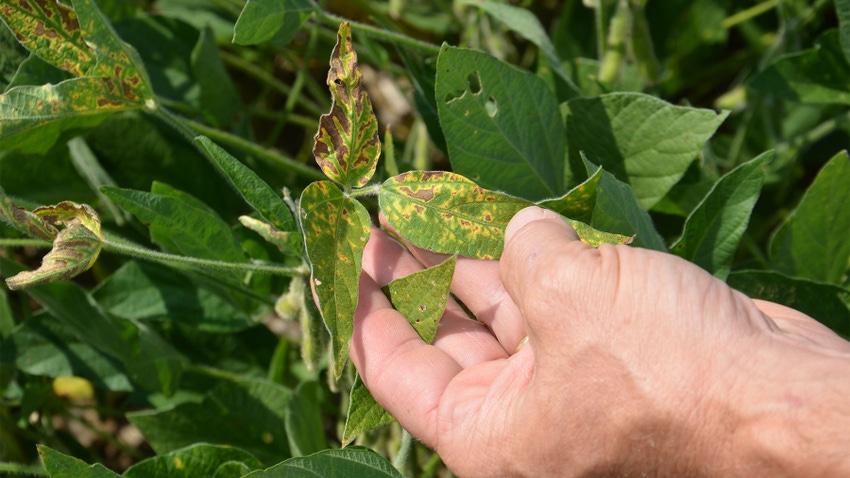
Will you apply sulfur to soybeans this year? If so, it may be because you’ve read about results from Shaun Casteel’s studies — especially the 2023 results. When soybeans are planted in April or early May, the Purdue Extension soybean specialist sometimes sees a significant yield advantage for applying sulfur.
“We don’t see it every year or in every field, but when it happens, it is often significant,” Casteel says. That was true in 2023 on dark soils at the Purdue Agronomy Center for Research and Education near West Lafayette, Ind. Casteel observed yield increases greater than 20 bushels per acre, with top yield pegging just over 100 bushels.
So, you may be after these yield increases, too. But Casteel says there may be another reason to apply sulfur. “We picked up an advantage in terms of less incidence of sudden death syndrome where sulfur was applied in one study,” he says. “We need to follow up and look at it closely, but there may be something there.”
If it turns out that sulfur lessens the impact of SDS, it would not come as a total surprise. Casteel explains that sulfate was once used as a fungicide in soybeans before today’s dynamic fungicides entered the market.
Intriguing results
Here is what Casteel saw in 2023 that piqued his interest for further exploring the possible connection between sulfur and SDS. In a simple study, both severity of the disease and incidence in terms of number of plants affected were lower when gypsum was applied vs. when it was not applied. Gypsum contains sulfur.
With no sulfur, incidence of SDS averaged 47.5% across cover crop and no-cover-crop plots. Severity averaged 2.3 on a scale of 0 to 9. With urea alone added, the same numbers were 48.1% and 2, respectively. However, with gypsum added, incidence dropped to 28.8%, with a severity rating of 1. Adding urea with gypsum produced nearly the same results.
“The applications with gypsum showed significantly fewer incidences of SDS according to statistics,” Casteel says. “Ratings for severity were also significantly lower. This is something we will monitor in the future.”
Read more about:
SulfurAbout the Author(s)
You May Also Like




